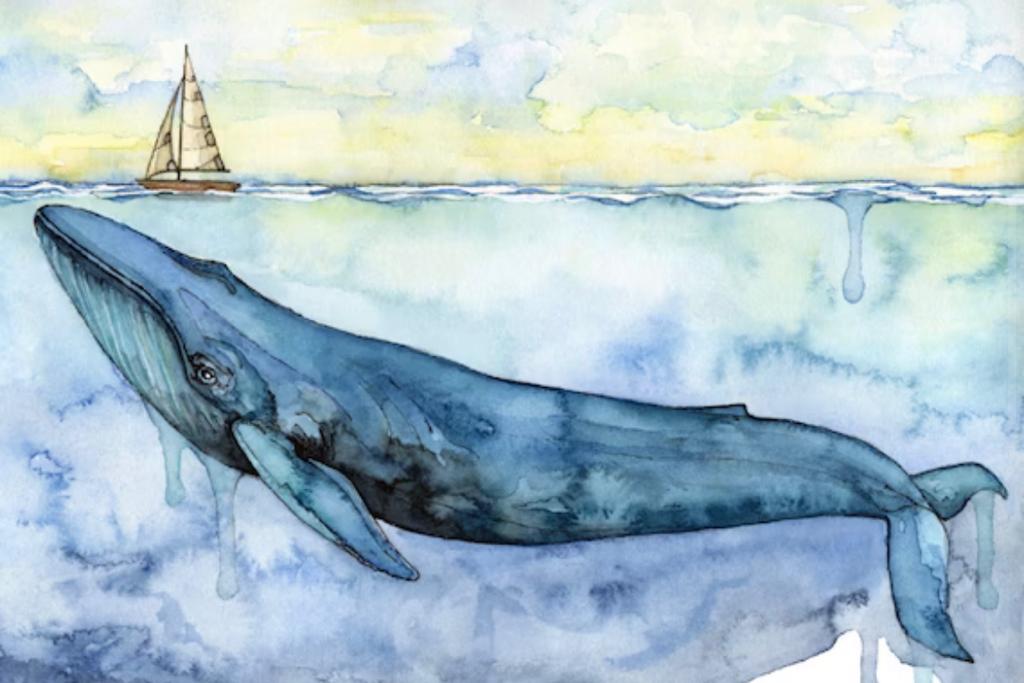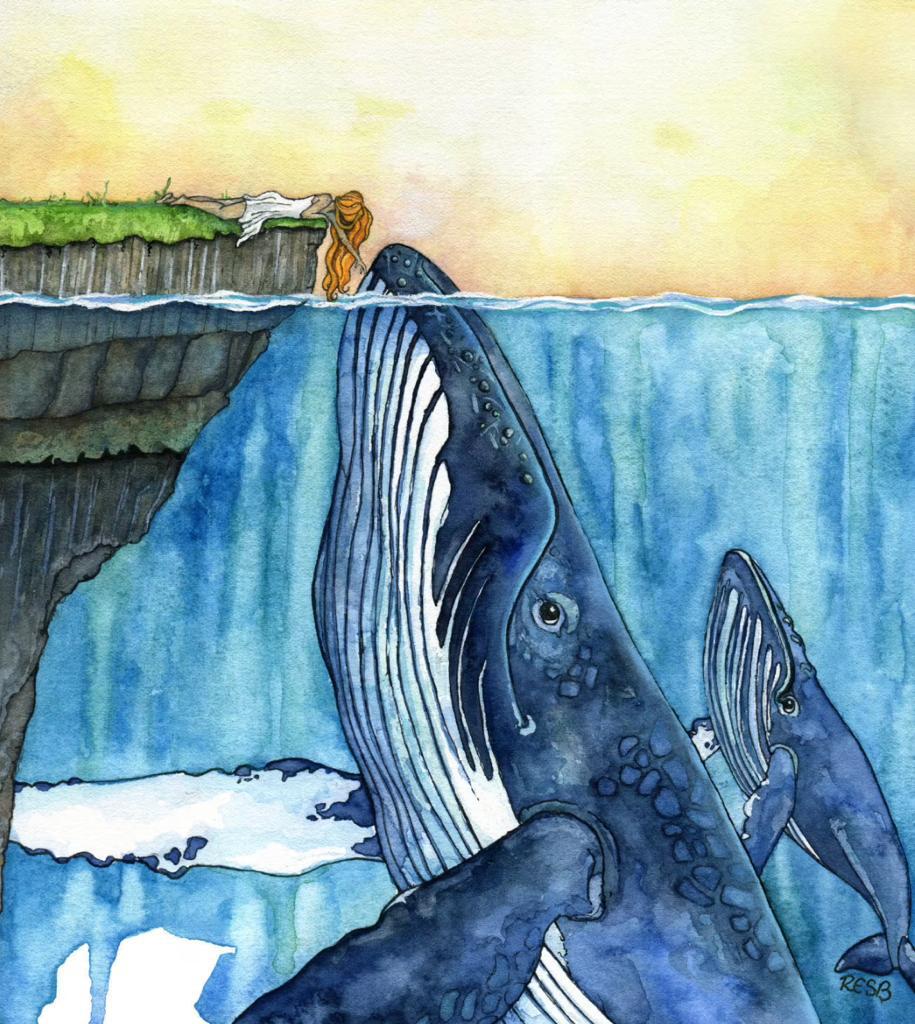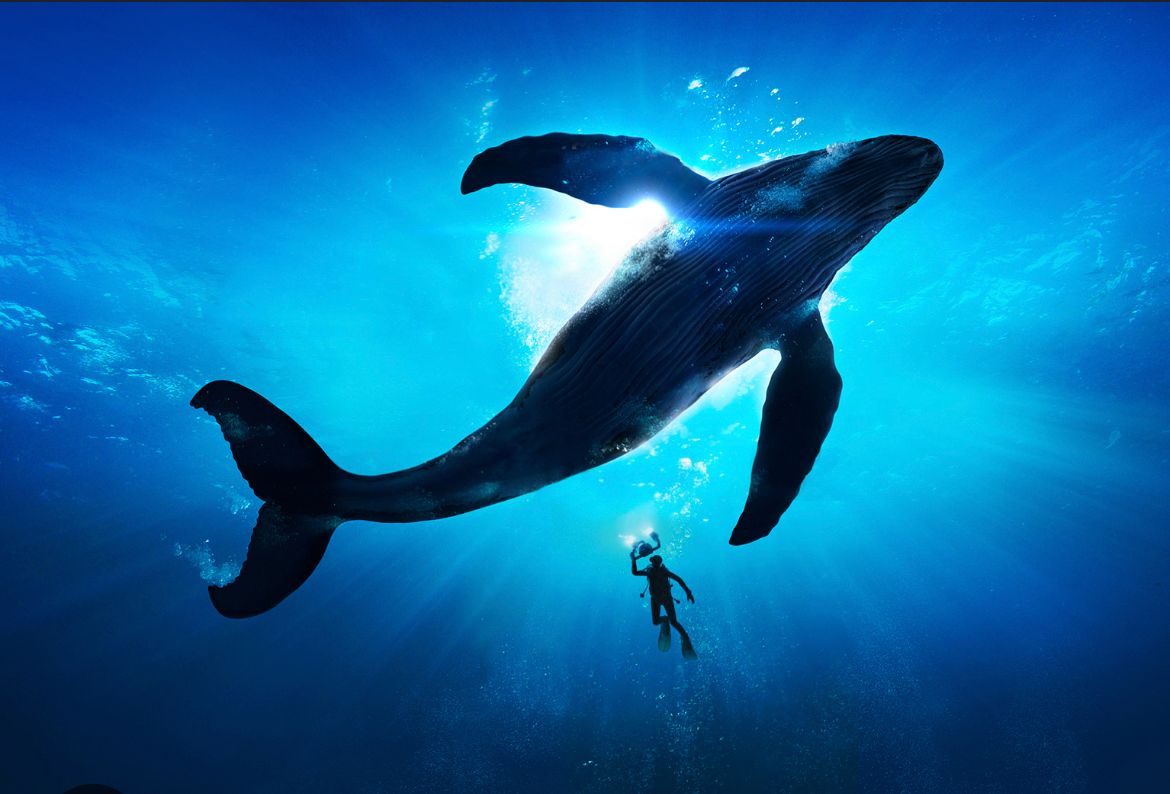We love the austral winter not only for the Heiva festivities but also for the whale season, period from July to November when Humpback whales visit our waters and come close to our coasts for reproduction. These strong giants yet peaceful are highly revered in Polynesian culture. Emanations of the god of creation Taaroa, whales are the messengers and the keepers of ancient knowledge of our Tupuna or ancestors and secrets of the history of our planet. This legend from famous Polynesian story teller Arapoa takes place in Toahotu district on Tahiti’s peninsula.
The Legend of two calves Tuituiini’a and
Toamutumutu from Toahotu.

“Tanehuifenua of Vairao married Tinirauarii of Toahotu where they lived for a few time. They then move to Hi’upe, on Taravao. Tinirauarii gave birth to Tuituiini’a, a baby whale. The couple went above of Vai’ufa’ufa where they left the calf.
Puturua and his wife Piitorea, adopted Tuiituiini’a, and took the child and led him in a piha, a spring by the sea in Vai’ufa’ifa and raised him there.
A few years later, Tinirauarii again gave birth to a female whale, Toamutumutu, whom they also entrusted to Puturua and Piitorea.
Tinirauarii became pregnant again and this time gave birth to a caterpillar, which she named Tehematavaa. She once again gave birth a bird child, named Pereamanu. When the children grew up, they heard a conversation their parents were having : “I tire myself unnecessarily feeding fools, I’m not happy at all, I would much rather raise pigs, they could have at least plowed the land”.
Hearing this, the calves were deeply pained and refused to feed themself. They wanted to leave. They invoked the elements of wind and rain. A cyclone then fell on the town. The source of Vai’ufa’ufa filled up and overflowed getting them access to the sea. The calves slipped to the place called Tepapa where Toamutumutu wanted to rest, but his brother asked her keep on going their way. They stopped in Vaiaparaoa. The brother stopped at Tetavaitai, or Mitirapa, and the sister at Tetavaiuta, where they rested, blowing hard through their blowholes.
Hearing these breaths, the parents realized their running away. In the early morning, the calves left for Taipa’aeinataihoro and Taipoararua, their parents and other people pursued them. Toamutumutu wanted to turn back while his brother wanted to move forward, hence the name Taiuruti’a (: long reflection before making the right decision). In the morning they finally reached
the sea, the parents then sang:
Tuituiinia e Toamutumutu e,
E ore ta’u vaa e tere i nia i Haapana (my canoe no longer sails to Haapana)
E fenua hupehupe (it is a lazy land)
E fenua ta’ata ino (it is a land of bad people)
Tohora e rere I Teuruhi (whales that go to Teuruhi)
E arii no Tarahu’arau (Kings of Tarahu’arau)
A rere, a rere I Teuruhi (go, go to Teuruhi)

The calves left for Opoa in Raiatea. When they had finished their offerings on the Taputapuatea marae, they decided to go to Uporu, on the island of Tahaa.
On their way back to Taputapuatea, they heard of a powerfulf warrior who had just arrived on the peninsula of Tahiti. They returned to Taiarapu to fight him, and as they tried to reach the top of Vaiarava, the rooster’s crow turned them into stone. Witness the two stones still visible in Teahupoo, called “Te ure a Vaiarava”, as well as the whale-shaped stone located in Opoa (Raiatea).
The calves were the ari’i of Toahotu but because what their parents said about them, they prefer to leave. They were replaced by the ari’i Autaia, the new king of Toahotu. This news infuriated the father who destroyed the Tuputupu marae.

